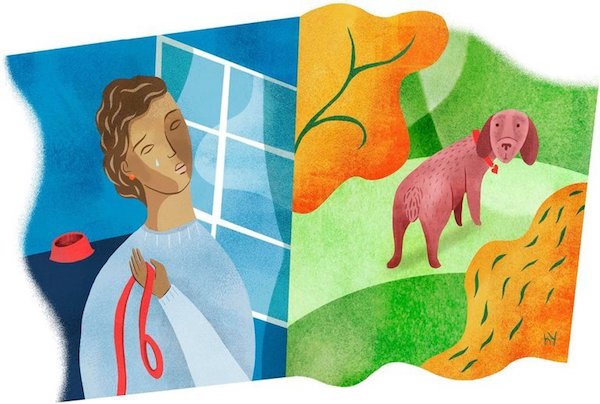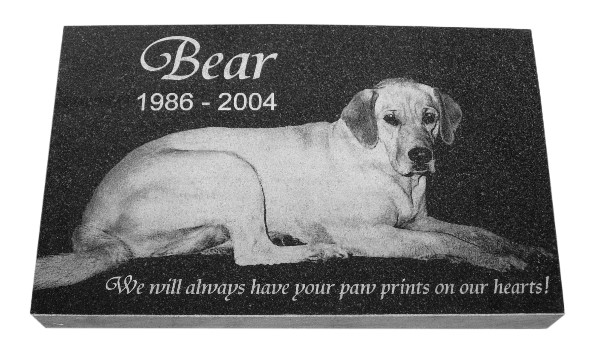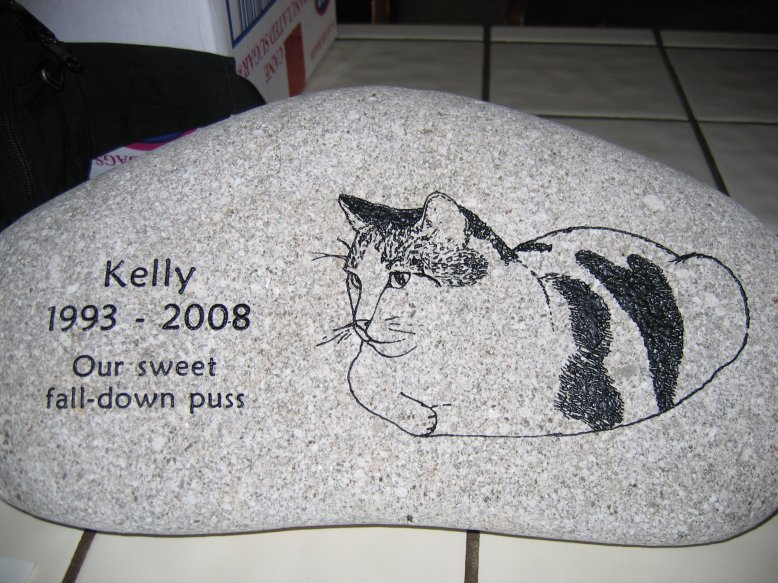[O]n Jan. 4, 11 years and 26 days after I walked out of an animal shelter in New Jersey with a little white and brown dog attached to the end of a brand-new leash, she died. On this day, an undiagnosed tumor pressed down on Emily’s brain and told her that she needed to escape, which made her usually soft, cuddly and often napping body go wild, endangering herself and me. The humane thing to do was put her down.
I don’t think anything could have prepared me for that moment, or the searing grief that followed. But if I could go back in time to console myself, I would tell myself these six things:
Most people will say the wrong thing. They will talk about dogs they knew and loved and put down, too, or, if they haven’t walked through this long, lonely tunnel yet, about how they can’t possibly imagine losing their very alive pet, which reminds you that yours is dead. They will also ask how old she was, and when you say 15, they will say, “Well, it was a good long life,” as if the ending of it would be less painful because of how long you were together.
They may tell you other dog death stories, too, like the one about the dog who was so excited to be home from vacation that he bolted out of the car and was immediately run over while the whole family watched — stories that imply it could have been worse. They will shove shelter listings for other Jack Russell terriers at you, as if another dog could slip into that perfect little spot left by your beloved one-of-a-kind pet.
Guilt overwhelms. I still tell myself that I killed Emily, despite the veterinarian telling me, after her body had been taken away, while I gripped both a counter and a vet tech to keep from collapsing, that all four of her paws had been bloodied as she had clawed at the floor, the door and the ground during her manic and desperate attempt to get away from my home. There is guilt, too, over the relief of no longer having to take care of a dog who was on multiple medications and who had arthritis, two defective heart valves and pulmonary hypertension.
You will become unmoored. I adopted Emily soon after I became a freelance writer, and I wrote three books with her by my side. She was the metronome to my life. With her gone, I floated through a space she no longer occupied but haunted with every little white hair found on my blankets, on the floor, in my shoes. Once, in the first week following her death, I came up from the basement and looked at the spot where she would usually be waiting. I called for her with the foolish notion that she’d appear at the top of the stairs. But of course, no: just another sledgehammer reminder that she was really gone.
Grief is exhausting. Last fall, I ran two marathons and an ultramarathon. After Emily died, I couldn’t drag myself through three miles, not to mention find the energy to get out of bed, put on clothes that were not my pajamas and shower at regular intervals. I pushed off assignments because the idea of putting my fingers to the keyboard was inconceivable when Emily wasn’t sleeping on her bed in the corner of my office. These were wretched, grief-stained days, surrounded by a deafening silence.
I went back into therapy after she died and was told I was depressed, which wasn’t surprising, as I had started to slip into bed at 8:30 p.m. and not get up until half a day later. Losing a companion and your routine all at once, especially if you’re single like me, could throw anyone into a tailspin.
It will get better. You won’t want to hear it, or believe it, because the pain is so suffocating. It does ease, though, almost without you noticing it.
But still, it slaps back. This may happen at predictable moments, such as when you decide to sell her crate, and sometimes not. Soon after Emily died, I got on a plane and went to Florida to bake out the pain with all-day poolside sessions punctuated by midday drinks. It worked, somewhat, but on my last night there, my face cracked open at the World of Disney store when I saw a mug with the character Stitch that said “brave” on one side and “loyal” on the other. Only the cashier noticed that I paid with tears and snot running down my face. I then ran out of the store to stare at a lake.
These days, I get up, I brush my teeth, I write, I run. I smile now and laugh sometimes. The pain still catches me, though, and I can now more clearly see why: I loved that dog, and in giving a scared, abused, imperfect Emily a home, she loved me back, and together our lives both bloomed. The loss of that joy is why the pain is so acute — and why, at some point in the maybe not so distant future, I’ll go back to that animal shelter with a brand-new leash, and do it all over again.
Complete Article ↪HERE↩!









